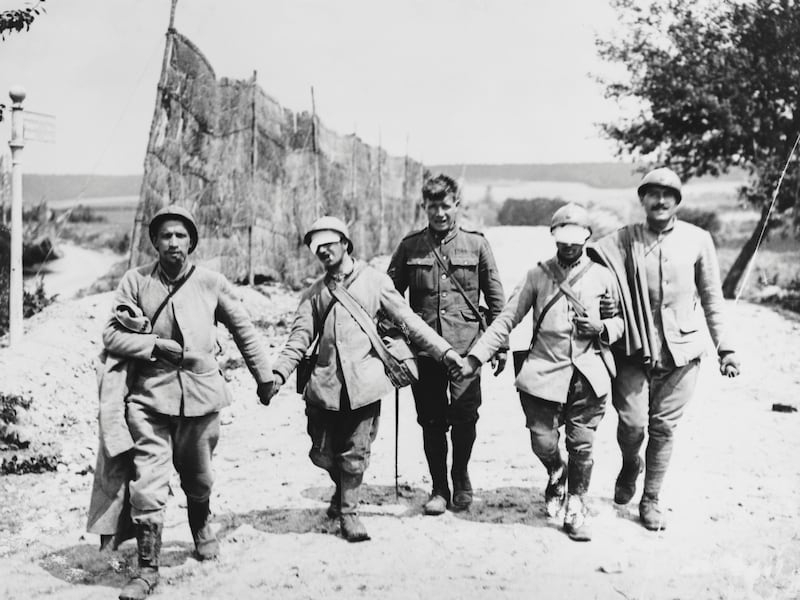‘The one that scares me to death, perhaps even more so than tactical nuclear weapons, and the one we have least capability against, is biological weapons.” – Gen Colin Powell
Recent events in Salisbury are not just a demonstration of the unforgiving nature of espionage, but are also a reminder of how difficult it can be to track down the exact type of weaponised chemical or biological agent thought to have been released into the environment.
Former Russian spy Sergei Skripal and his daughter Yulia were found slumped over a park bench earlier this month in the southern English town. They had been exposed to Novichok, a Cold War chemical agent of Russian military origin; the dust-like organophosphate neurotoxin had been placed in the ventilation system of Skripal’s car.
In total, some 28 people have been affected by the chemical agent, most with minor symptoms. But there can be no doubt the intention was to kill the former spy and his daughter: the neurotoxin essentially overloads the nervous system with chemical messengers, putting it into overdrive and causing excessive salivation, muscle spasms, convulsions, paralysis,and heart failure.
Novichok is an example of a slow-release chemical weapon – one that uses chemicals to inflict death or injury; biological weapons involve the use of organisms to cause disease. Biological agents include bacteria, viruses, fungi, and toxins (poisons produced by animals or plants). In general, biological weapons have the ability to cause more widespread harm than chemical agents.
History is full of examples of biological weapons’ use.
Before the 20th century, biological warfare took on three main forms: deliberate poisoning of food and water with infectious material; use of microorganisms or toxins in some form of weapon system; and the use of biologically inoculated fabrics such as blankets.
According to Medscape magazine, as far back as 400BC, Scythian archers infected their arrows by dipping them in decomposing bodies or in blood mixed with manure. In the 18th century, during the French and Indian War, British forces in North America gave blankets from smallpox patients to the Native Americans to transmit the disease to tribes who had no natural immunity to the virus. And since the 1980s, terrorist organisations have used biological agents.
Biological agents
Biological agents are easy to acquire and use.
The small amount of agents necessary to kill hundreds of thousands of people in a metropolitan area make the concealment, transportation, and dissemination of biological agents relatively easy. In addition, biological warfare agents are difficult to detect or protect against; they are invisible, odourless, and tasteless, and their dispersal can be performed silently; their capacity to cause public panic and social disruption is high, and they require special preparatory action if public health authorities are to react appropriately.
It is estimated that a least 70 different types of bacteria, viruses and fungi can be formulated into weapons of mass destruction. These include anthrax, Q fever, typhus, smallpox, brucellosis, botulism toxin, dengue fever, Lassa fever and the Ebola virus.

The problem from a treatment perspective is that scientists have created antibiotic resistant strains of some of these bacteria. Viruses and toxins can also be genetically altered to heighten their infectiousness, thus rendering vaccines less effective.
It is standard practice to provide broad-spectrum intravenous antibiotics as initial treatment for victims when a biological agent is suspected. And vaccinations are available for anthrax, botulinum toxin, tularaemia, plague, Q fever, and smallpox.
To be an effective weapon, airborne microbes must be dispersed as fine particles less than 5 micrometres in size. The dusty particles of Novichok placed in the air vents of Skripal's BMW would have been this size. All it took was some normal inspirations of air inside the car for the horrible cascade of poisonous effects to begin.
It really was a frightening illustration of TS Eliot's words: "I will show you fear in a handful of dust."
mhouston@irishtimes.com











